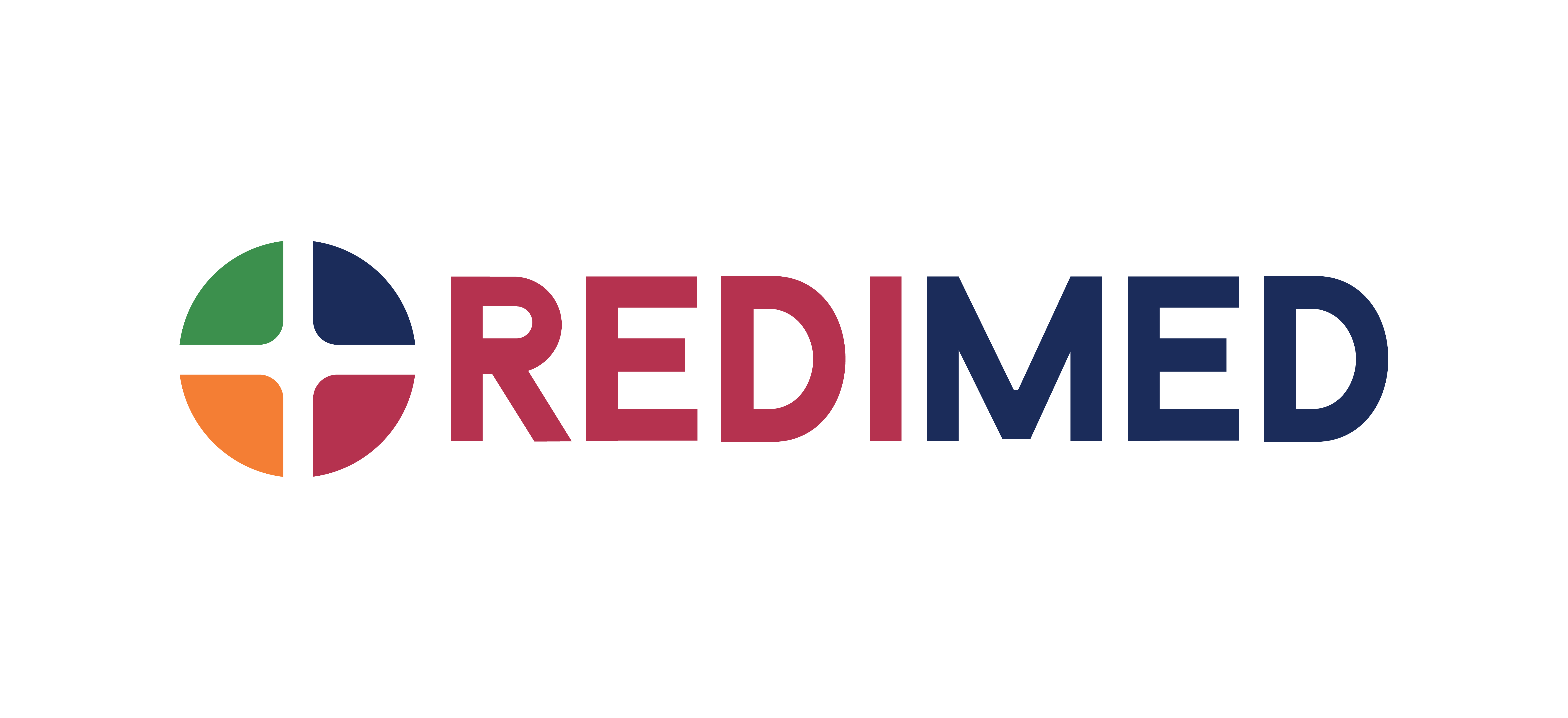A pre-employment medical examination serves several purposes[1]. Firstly, it identifies any illness or disability that might prevent an individual from performing their assigned job function. Secondly, it provides baseline medical information that can be used as a standard in the event of subsequent injury or illness. Thirdly, it identifies any previously unrecognised or inadequately managed health problems.
It is not possible to alter or modify jobs to decrease their demands, therefore the strategy for controlling hazards should involve choosing individuals who possess the ability to perform the job without encountering an unreasonable level of risk[2]. For example, a job that involves heavy lifting may require a certain level of strength, and a job that involves working at heights may require a certain level of balance and agility. The type of work and the work environment will also alter the emphasis of the examination[1]. For example, the pre-employment examination for hospital workers must pay special attention to the presence of or susceptibility to communicable diseases[1].
In a compressed air tunnelling project in Hong Kong, pre-employment medical examinations were conducted to determine the fitness of workers to work in compressed air[3]. Only 69.3% of the workers were declared fit, and the overall unfit rate was 22.1% [3]. The major disqualifying medical conditions were lung and heart abnormalities and chronic otitis media[3]. Chest x-ray was found to be the most useful procedure in detecting the disqualifying conditions[3]. The strict criteria adopted in the selection of workers might have contributed to the satisfactory outcome in the prevention of decompression sickness[3].
Several studies have documented the benefits of pre-employment testing, indicating that it can be a cost-effective and advantageous aspect of the selection process[4]. While pre-employment testing does not replace traditional selection methods, such as interviews and reference checks, it can augment them, resulting in a more effective selection process and lower costs associated with employee turnover[4].
What medical conditions can disqualify a candidate from employment?
Medical conditions that can disqualify a candidate from employment may vary depending on the industry and job requirements. For example, airline pilots are required to meet strict medical standards to ensure safety, and cardiovascular diseases are the most common cause for denial of FAA medical certification[5].
In healthcare, communicable diseases may disqualify a candidate from working in a hospital or other healthcare setting to protect patients and other workers from exposure[6]. While in some cases these risks can be mitigated with robust PPE, routine vaccinations and other preventative methods, it can be reckless for an employer with at-risk clients to employ a person who is unwell with a transmissible disease.
In general, any medical condition that prevents a candidate from performing the essential functions of the job or poses a direct threat to the health and safety of themselves or others may disqualify them from employment.
Employers may also consider the potential for reasonable accommodations to enable a candidate with a disability to perform the job duties[7]. It is important to note that employers must comply with anti-discrimination laws and only ask about medical conditions that are related to the job duties and must keep all medical information confidential[7].
Setting health standards for the role
Employment medicals help set baseline health standards for employees in the event of injury or illness. These pre-employment examinations serve several purposes, including identifying illnesses or disabilities that might prevent an individual from performing their job duties and providing baseline medical information that can be used as a standard for comparison in case of subsequent injury or illness[7].
This baseline information is crucial for determining whether a workplace incident caused or exacerbated a health issue, or if the condition existed before employment. The specific tests and assessments included in the pre-employment medical examination may vary depending on the industry and work environment, but they aim to establish a comprehensive understanding of the candidate’s health status at the time of employment[7].
Identifying health problems
A pre-employment medical examination can identify any previously unrecognised or inadequately managed health problems. The examination aims to provide a comprehensive understanding of the candidate’s health status at the time of employment, including identifying any underlying health conditions that may affect their ability to perform their job duties or pose a risk to themselves or others in the workplace[7].
The specific tests and assessments included in the examination may vary depending on the industry and work environment. However, the examination may include a physical examination, chest x-ray, blood tests, hearing and vision tests, and other diagnostic procedures to detect disqualifying conditions[7][8]. While there is a lack of evidence on the effectiveness of pre-employment medical examinations in preventing health-related occupational risks, they can provide baseline medical information that can be used as a standard for comparison in case of subsequent injury or illness[9].
What are the common tests included in a pre-employment medical examination?
The specific tests included in pre-employment medical examinations may vary depending on the industry and work environment. Your pre-employment medical professional such as the experienced team at RediMed will take these factors into account and work with you to put together the criteria by which you can confidently eliminate risk.
Some common tests that may be included are:
- Physical examination: This may include measuring height, weight, blood pressure, and other standard vital signs to assess the candidate’s overall physical health[3].
- Vision and hearing tests: These tests assess the candidate’s ability to see and hear clearly, which may be important for certain jobs, such as driving or operating heavy machinery[3].
- Blood tests: These tests may be used to screen for certain medical conditions, such as diabetes or high cholesterol[3].
- Chest X-ray: This test may be used to detect lung abnormalities, such as those that may disqualify a candidate from working in compressed air tunnelling projects[10].
- Drug and alcohol screening: These tests may be required for safety-sensitive positions or jobs that involve operating heavy machinery[3].
Evaluating your prospective new talent with some of the tests mentioned above can be a cost-effective way to gather crucial information about the candidate’s ability to perform their duties and to minimise risk to yourself as an employer.
When should you expect to have a pre-employment medical?
In Australia, it is customary for pre-employment medical examinations to be conducted after a job offer has been made and accepted[11]. However, there are instances where certain companies may administer these assessments prior to extending a job offer, albeit infrequently[12]. In many workplaces, employment is conditional on a successful pre-employment medical, driven more by traditional practices rather than by evidence[11]. Employers can often choose to revoke an offer of employment if the potential employee refuses to undergo a PEME[11]. These examinations are often conducted by a general practitioner on the employer’s panel of approved clinics or by an in-house company doctor[11].
Why do some employers require pre-employment medicals?
Pre-employment medical examinations are a common requirement among employers to ascertain the physical and mental suitability of potential candidates for their intended job. This is especially critical for positions that entail an elevated risk of injury or illness or necessitate strenuous physical activity.
How do employers ensure compliance with privacy laws when conducting pre-employment medicals?
Employers are obligated to comply with privacy regulations while performing pre-employment medical evaluations[14]. The information requested should be strictly related to the job demands, and confidentiality of personal health data must be maintained[14] [11]. Employers need to be careful to avoid unlawful discrimination and the use of unnecessary medical information[14].
Candidates must provide their informed consent before undergoing any medical tests or examinations[11]. Contractual appointments of panel doctors often stipulate certain conditions regarding the provision of patient-sensitive information, such as obtaining written consent from new employees authorizing the doctor to provide the pre-employment medical examination findings to the company’s recruiting officer[11]. Under these circumstances, the examining doctor is no longer obligated to maintain confidentiality[11].
Conclusion
Pre-employment medical examinations serve multiple purposes, including identifying any illness or disability that may prevent an individual from performing their job function, providing baseline medical information for future comparison, and identifying previously unrecognised or inadequately managed health problems.
The specific tests included in the examination may vary depending on the industry and work environment, but they can provide employers with valuable information to make informed decisions when selecting candidates for employment. Employers should also consider the potential for reasonable accommodations to enable a candidate with a disability to perform the job duties.
Pre-employment medical examinations can be a cost-effective and advantageous aspect of the selection process and may help prevent health-related occupational risks.
References
[1] Lewy R. M. (1981). Occupational health programs for house staff physicians. Preemployment medical examination. JAMA, 246(13), 1432–1434.
[2] Ayoub M. A. (1982). Control of manual lifting hazards: III. Preemployment screening. Journal of occupational medicine. : official publication of the Industrial Medical Association, 24(10), 751–761.
[3] Lam, T. H., Yau, K. P., & Tse, E. Y. (1985). Preemployment medical examinations in a compressed air tunneling project in Hong Kong. Undersea biomedical research, 12(2), 205–213.
[4] Whaley M. P. (1996). Development of a pre-employment testing program in medical group practices. College review (Denver, Colo.), 13(1), 91–110.
[5] Wang, Z. (2020). Research on the Employment Intention of Medical Undergraduates in Grassroots Units. 2020 International Conference on Artificial Intelligence and Education (ICAIE), 493-496.
[6] Dark, S.J. (1986). Medically disqualified airline pilots.
[7] Lewy R. M. (1981). Occupational health programs for house staff physicians. Preemployment medical examination. JAMA, 246(13), 1432–1434.
[8] Pachman, J.S. (2009). Pre-employment medical screening Evidence base for pre-employment medical screening.
[9] Pachman, J.S. (2009). Policy & practice Evidence base for pre-employment medical screening.
[10] de Kort, W. L., Fransman, L. G., & van Dijk, F. J. (1991). Preemployment medical examinations in a large occupational health service. Scandinavian journal of work, environment & health, 17(6), 392–397. https://doi.org/10.5271/sjweh.1688
[11] The Royal Australian College of general Practitioners. (n.d.). The pre-employment medical. Australian Family Physician. www.racgp.org.au
[12] EG Healthcare. (2022). Pre-employment Medical Assessments – Complete Guide. EG Healthcare. eghealthcare.net
[13] WA Government. (2022). Work Health and Safety (Mines) Regulations 2022. Legislation WA. Retrieved May 2, 2023, www.legislation.wa.gov.au.
[14] Lorraine, P. (2014, July 29). The legalities of medicals – HRM online. HRM Online. www.hrmonline.com.au






